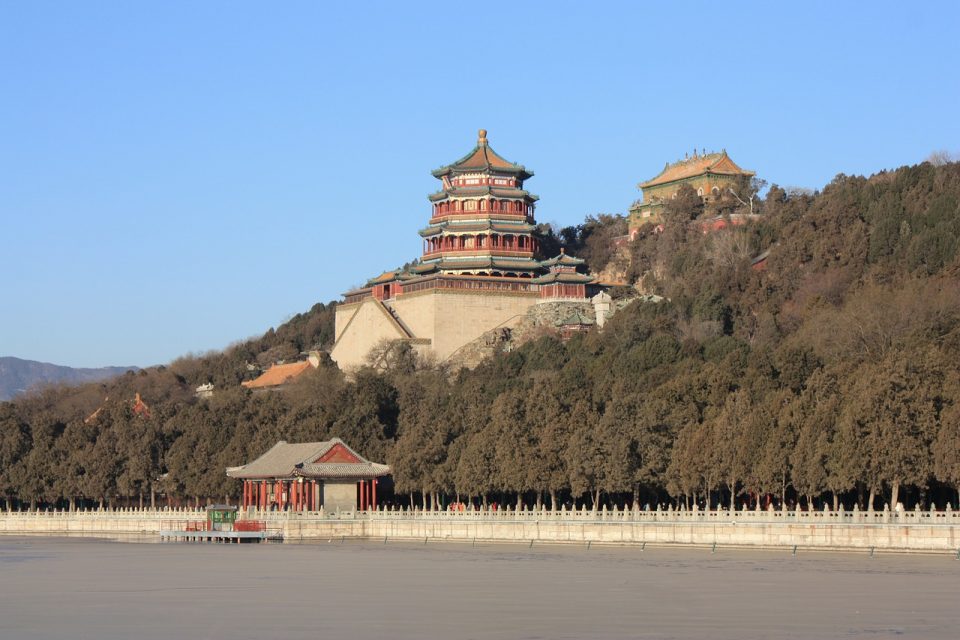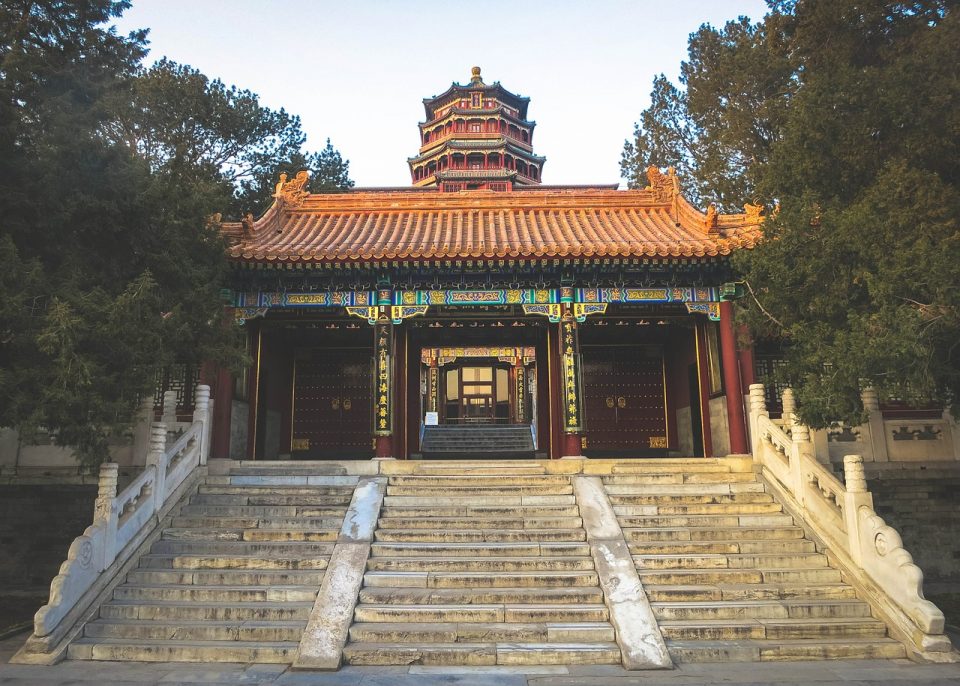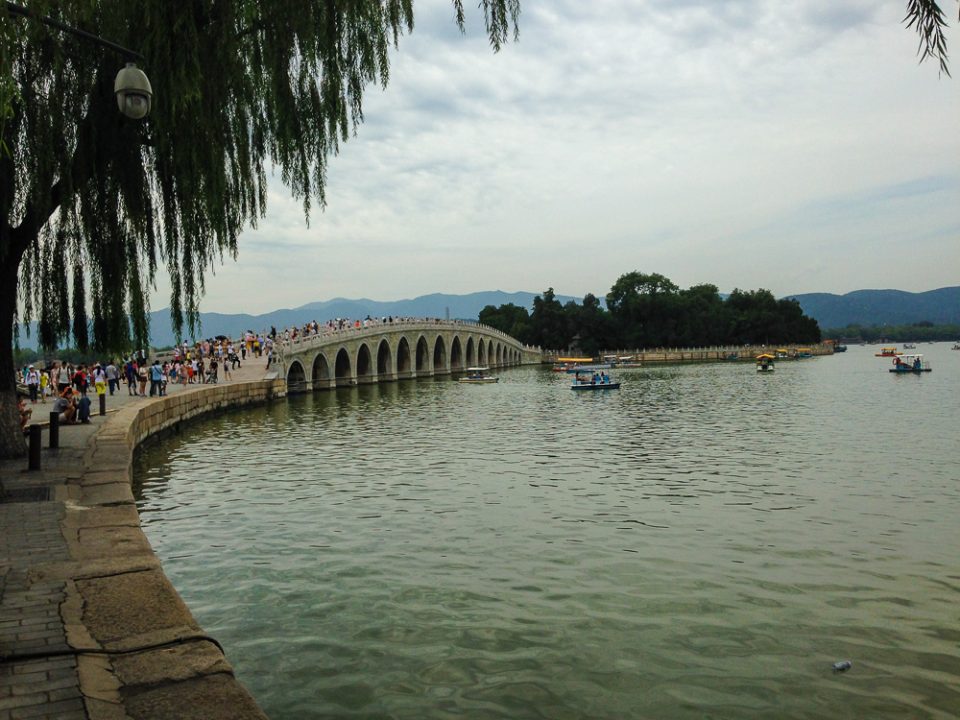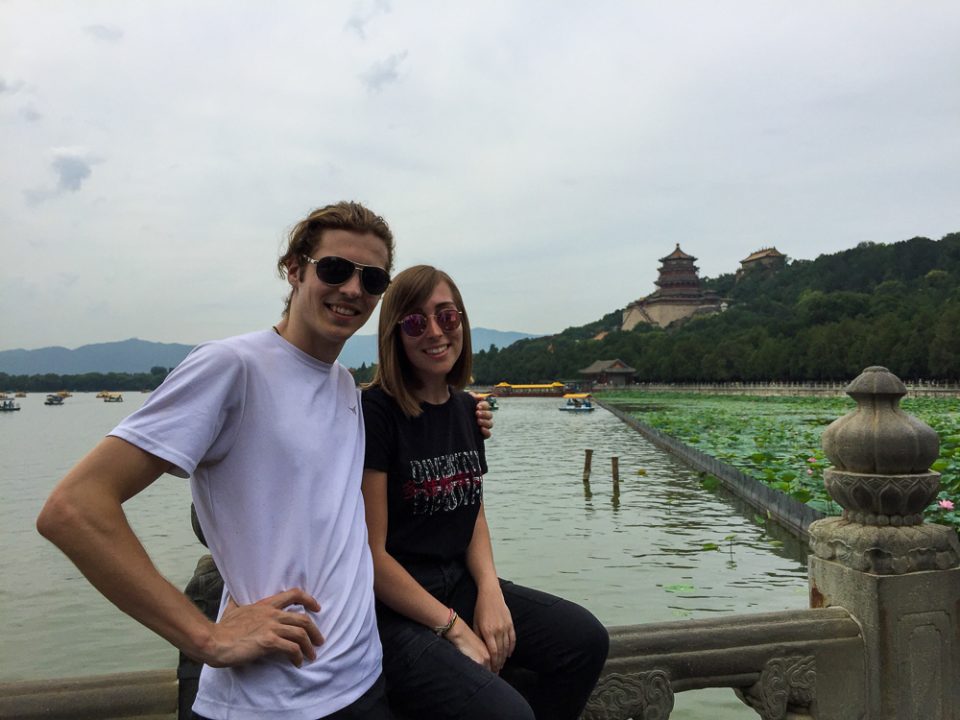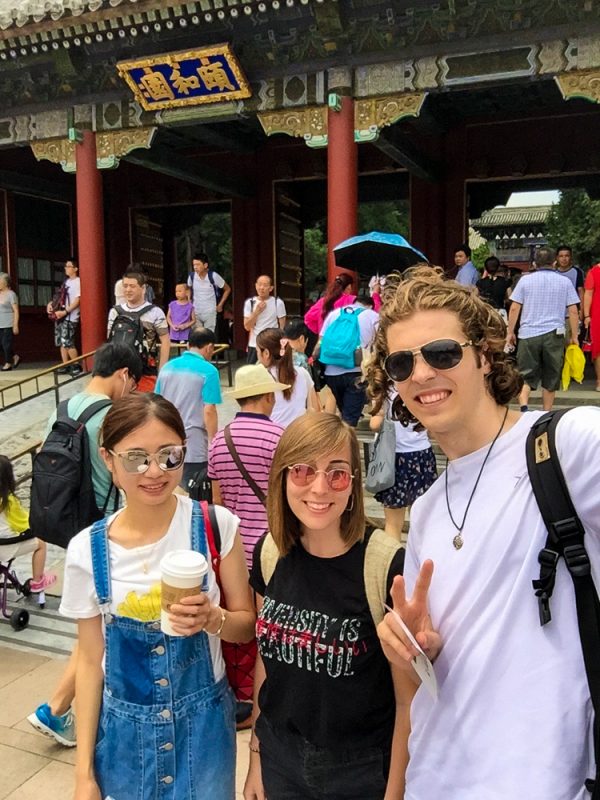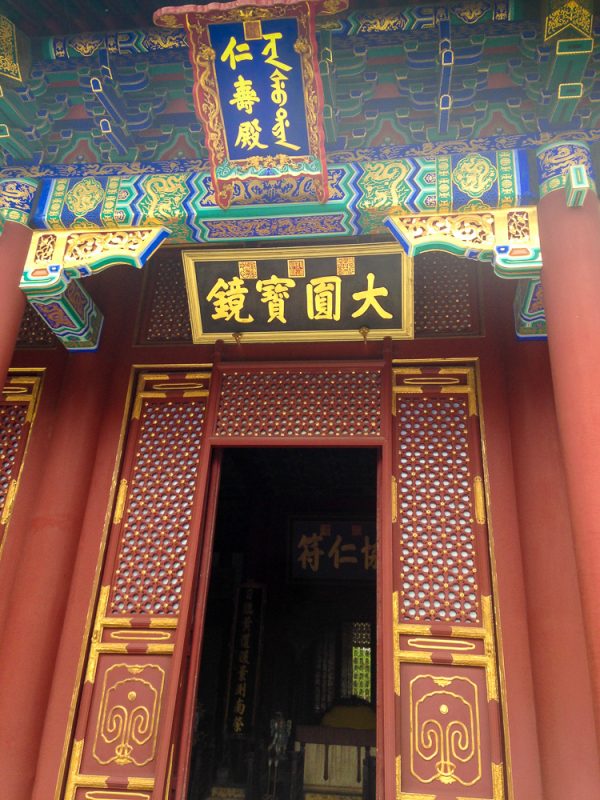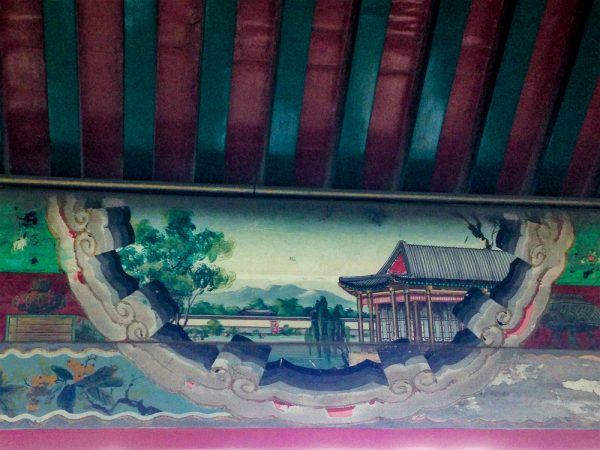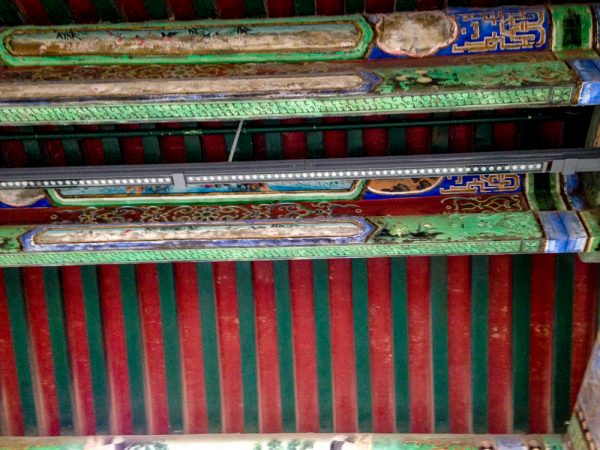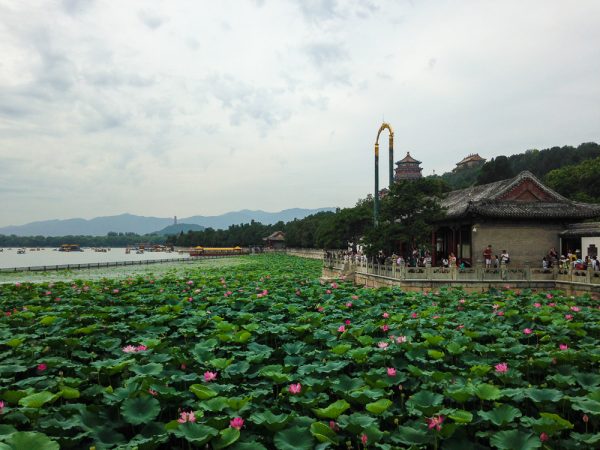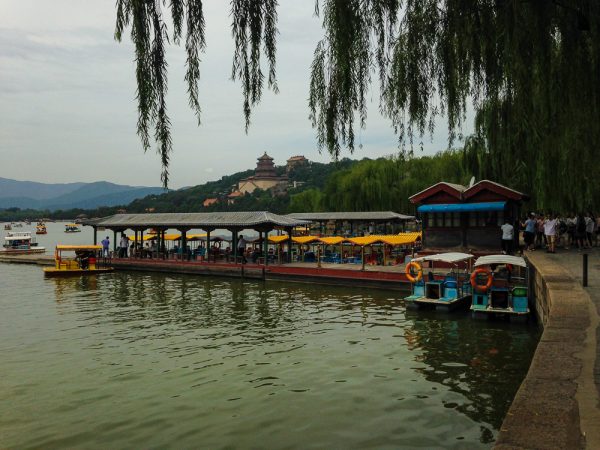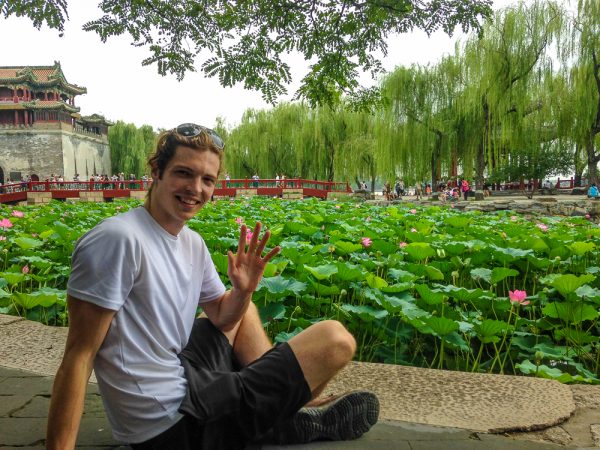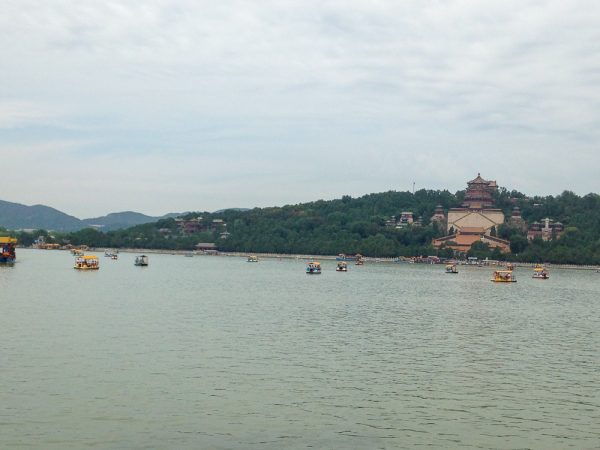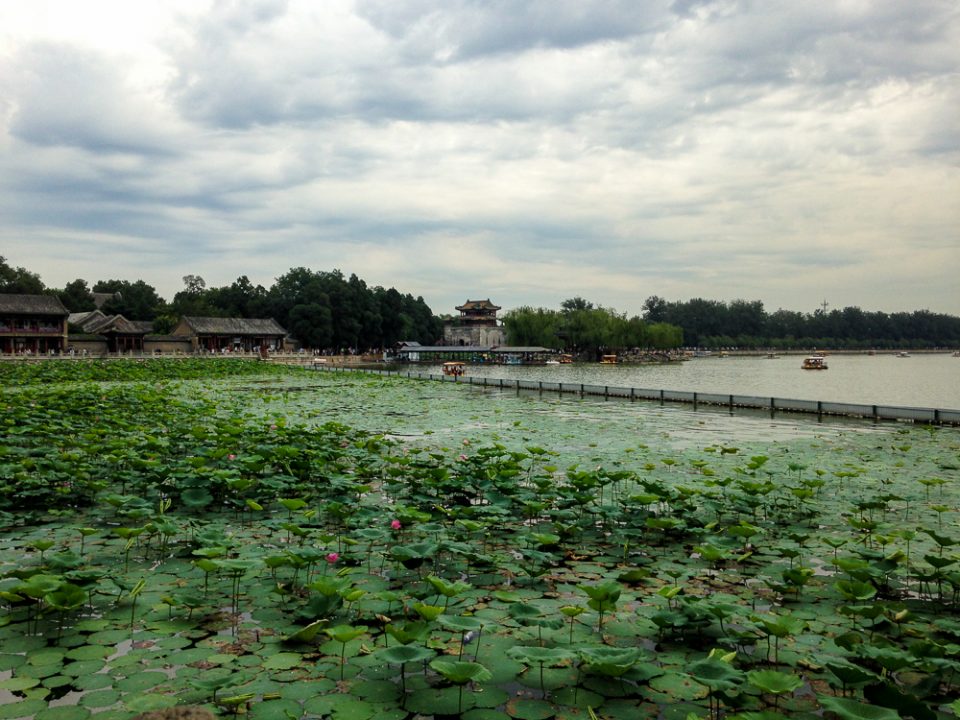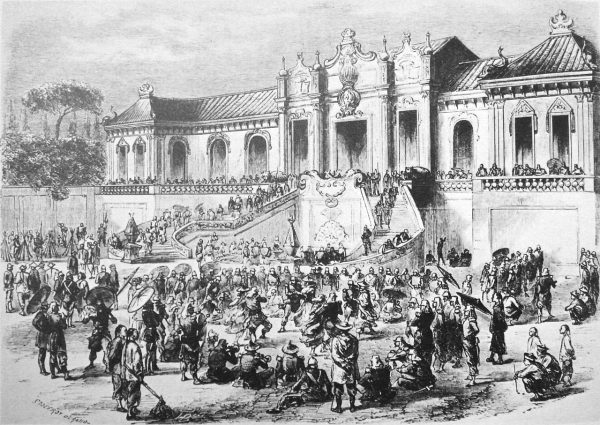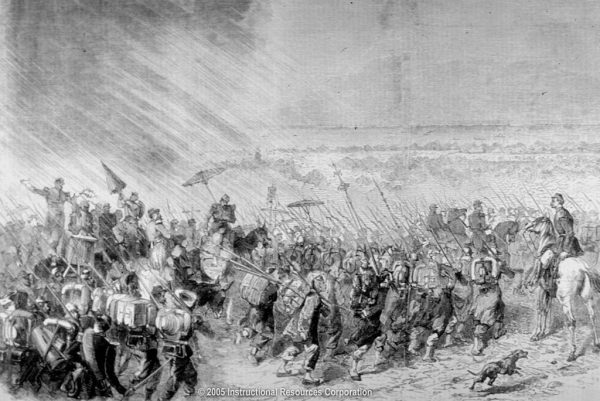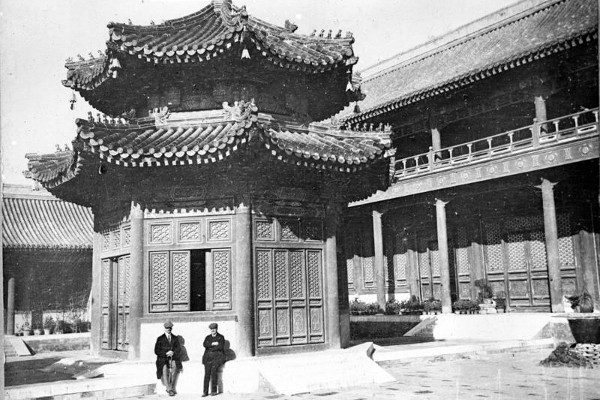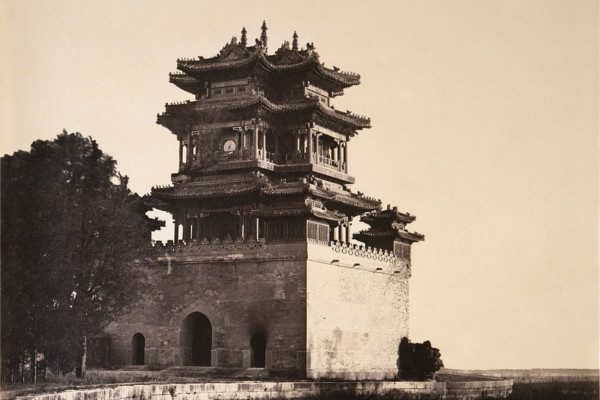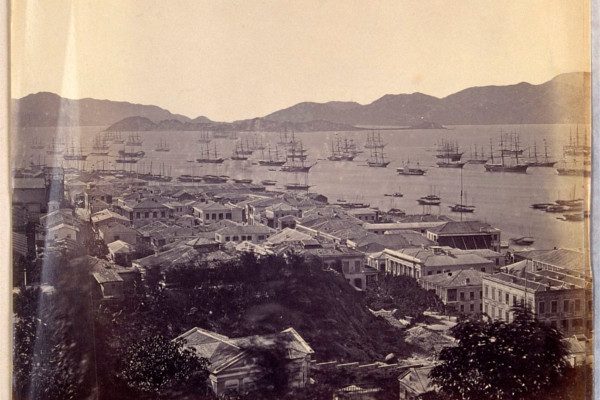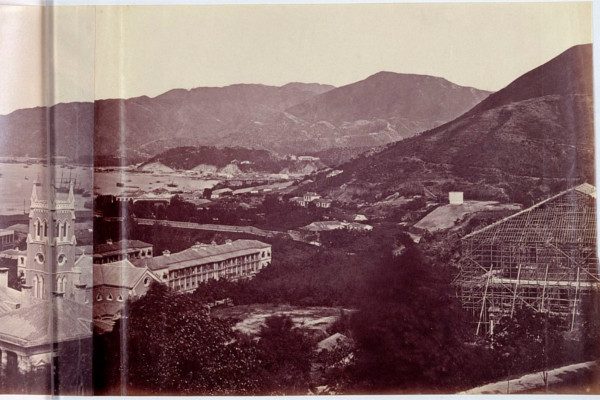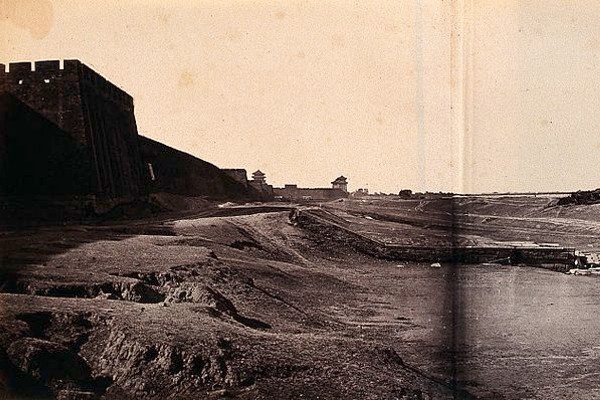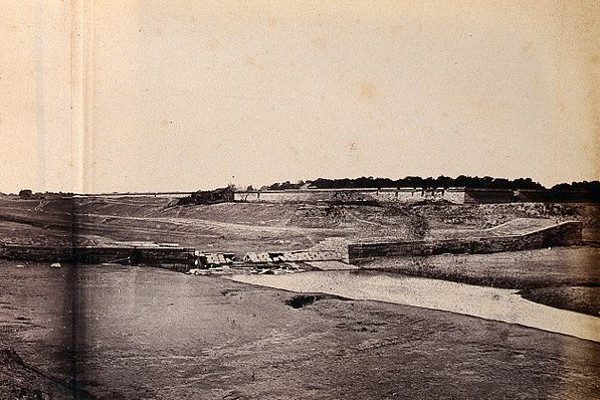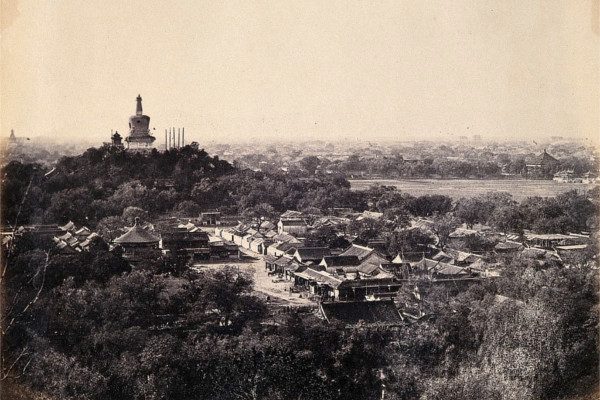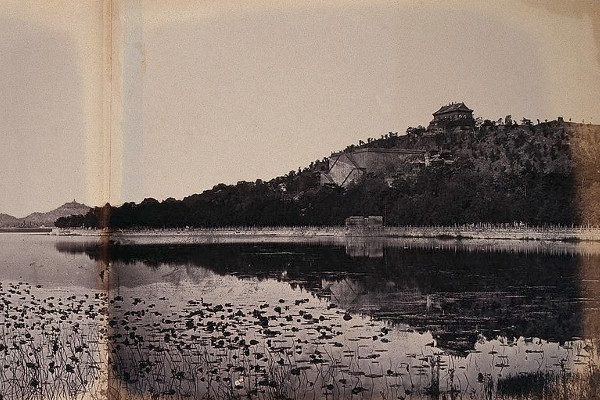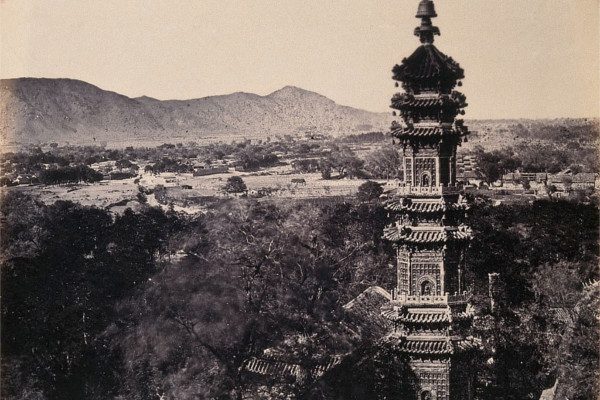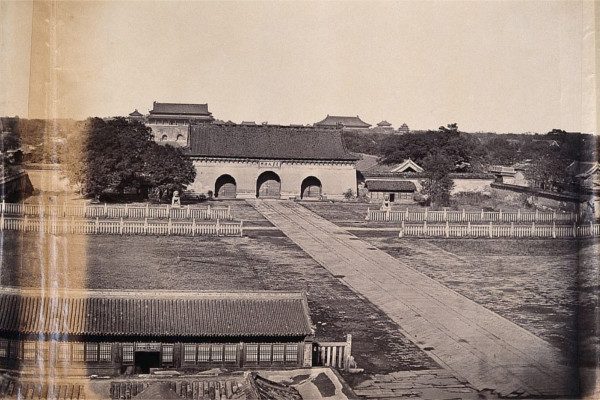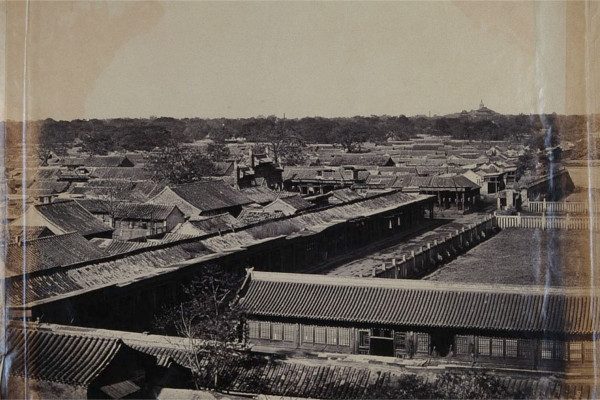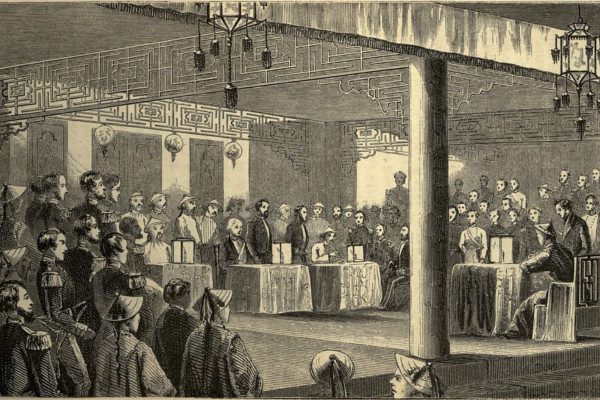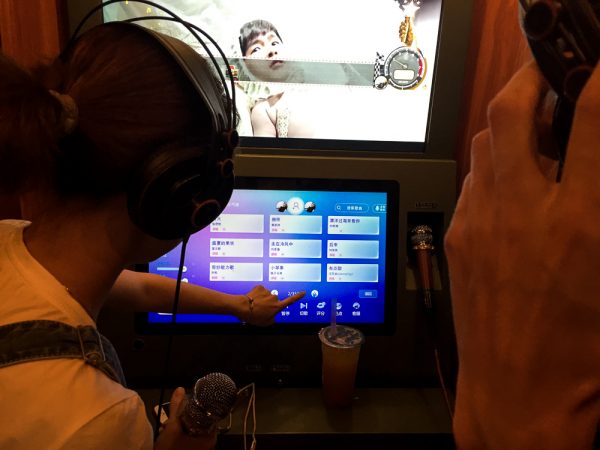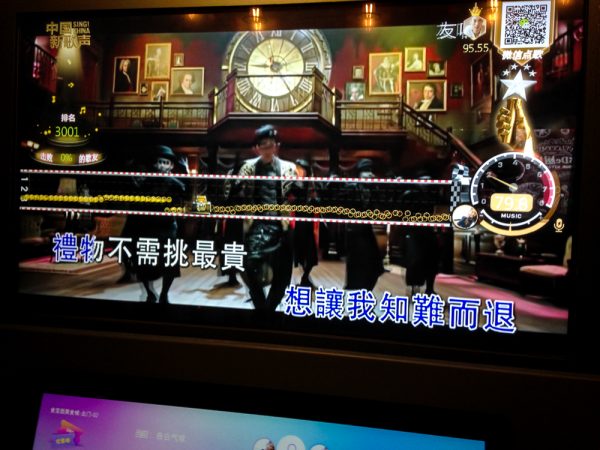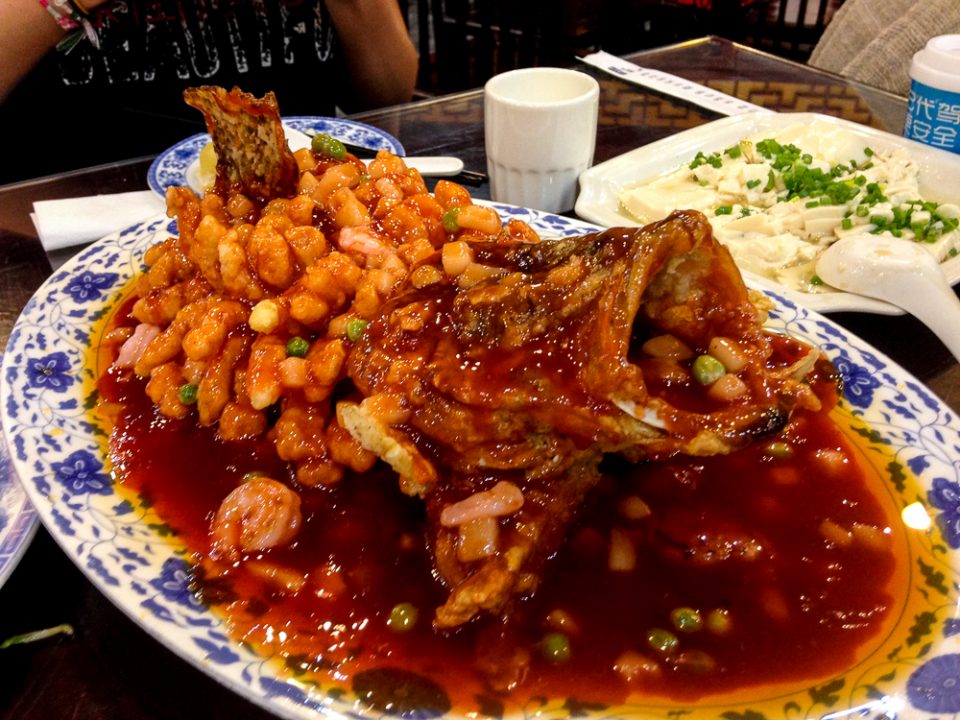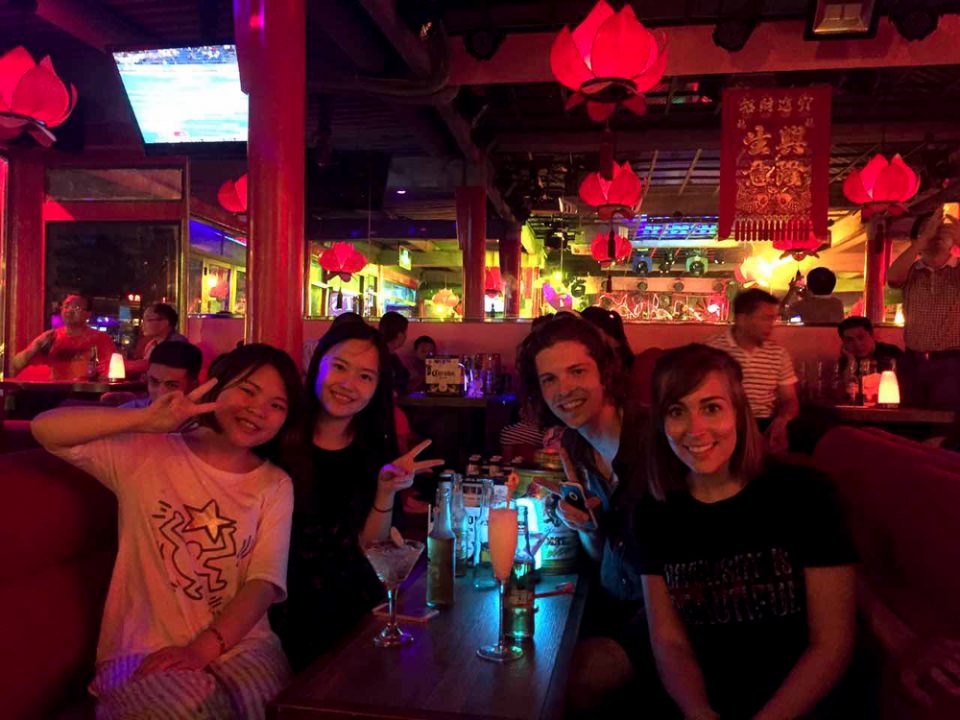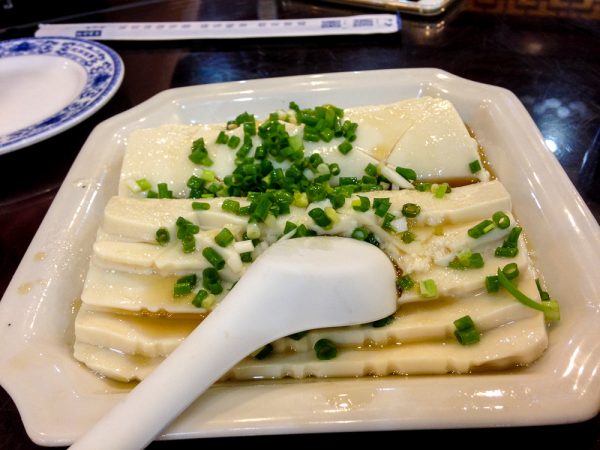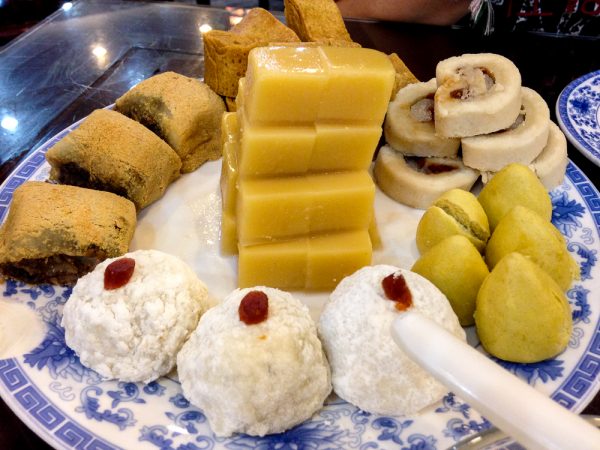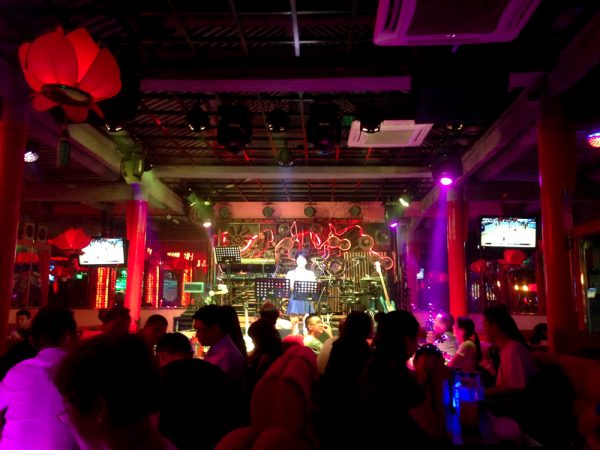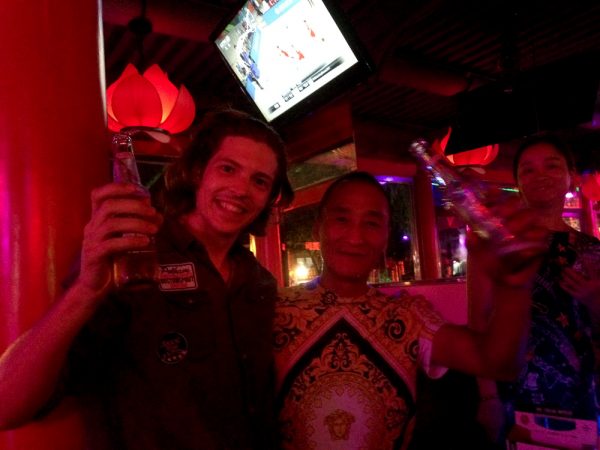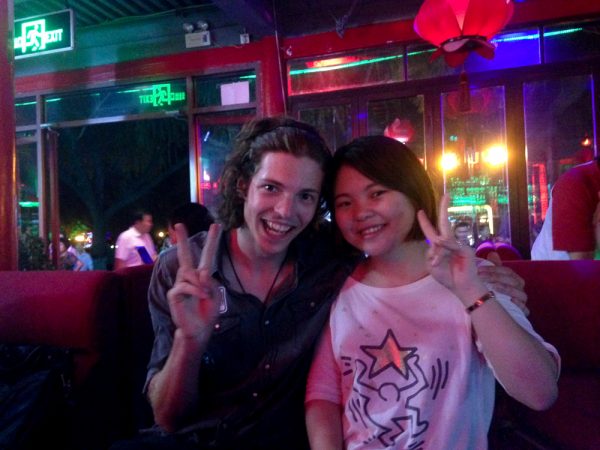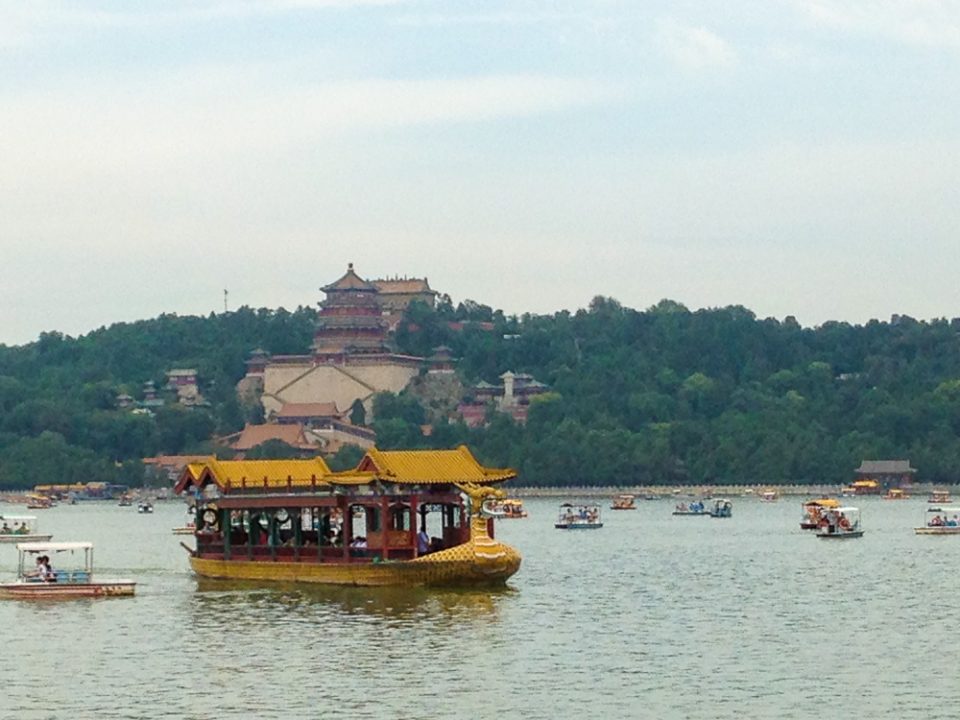The Summer Palace & Opium Wars
Published by CamDarling on
Welcome to the Summer Palace! The last of the big three tourist destinations in Beijing! The others being the Forbidden City and the Great Wall. The Summer Palace was the summer home of the Chinese Imperial Family for centuries. But before that, it was already a popular location for temples and grand palaces for Dynasties dating back to the 12th century! Today, you can tour the beautiful lake for as a little as $6 USD, and view what is considered to be the ideal example of a Chinese Garden, or even take a boat ride across the water, although one less luxurious than the Emperor and Empresses once had not long ago.
The Summer Palace is a beautiful place to explore, however it can be super crowded in the summer. So getting an early start and planing ahead are recommended. There is a lot of history here, most noteworthy for westerners is the end of the Second Opium War that resulted in the burning of the Old Summer Palace and the settling of embassies of western nations in Beijing. We included some old photos of Beijing from 1840-1860 as well as general information you’ll need for entry to the Summer Palace.
The Summer Palace, Beijing
Maria, Lena and I spent a half day exploring the beautiful Summer Palace in July. This was a very busy time of year as the Chinese young children and university students are on summer holiday. So it was slow going through the crowds and we didn’t see everything given the sheer size of the Summer Palace lakes, temples and gardens.
I recommend spending at least 4 hours at the Summer Palace and focus on a few places you really want to see. It’s simply too big and crowded to wander around in without a plan.
- Entry Fee: 30 RMB ($4.40 USD) for General Entry in the Peak Season from April to October. 20 RMB ($3.00 USD) in the off-season from November to March.
- Or “Through Ticket” Fee: 60 RMB ($8.80 USD) in the Peak Season from April to October. 20 RMB ($6.00 USD) in the off-season from November to March. This ticket includes entry to the Gardens, Wenchang Gallery and Suzhou Street.
- Note: Students with valid ID get 50% off Entry Tickets.
- Hours: 6:30 am to 6:00 pm April to October. 7:00 am to 5:00 pm November to March. Note that some of the sights inside the park do not open until 8:30 am and close earlier.
- Services: Within the 3.08 Sq. Km Summer Palace Grounds, you’ll find shops, restaurants, ferry boats and electric/pedal boat rentals.
Additional Services
- Audio Guides are available at most of the entrances in 19 languages, including English, French and German. They can be rented for 40 RMB ($6 USD) but note there is a 50 RMB ($7.50 USD) deposit you’ll get back when you return the device.
- Guided Tours are available everyday in English, French and Japanese but require a booking at least 3 days in advance (Call + 86 01062865056) that depart from the East Palace Gate.
Top Five Sights inside the Summer Palace
- Tower of Buddhist Incense
- Seventeen Arches Bridge & Nanhu Island
- Garden of Virtue and Harmony
- Long Corridor
- Hall of Benevolence and Longevity
I really recommend starting from the North or North-East Entrance which are closer to the main Palace buildings and the Tower.
The Beginning of the Imperial Gardens
The Summer Palace was built in 1750 as “The Garden of Clear Ripples”, no doubt for the beautiful view of Kunming Lake. But the location of the Summer Palace was not chosen at random. The hills surrounding the once small lake have been a popular site for palaces and temples since the 12th century.
Under the reign of the Jin Dynasty, the Yuan Dynasty, the Ming Dynasty to the last Imperial Dynasty in China, the Qing, the lakeside has been a popular summer resort and model of the ideal Chinese Water Garden. Emperors and Empresses have been known to enjoy boat rides on the lake. So it’s remarkable that we can do the same for less than $15/hour.
In 1749, the lake was expanded west with the addition of two smaller lakes. The three islands represent three mountains from Chinese mythology where immortals were thought to live and feast. In the legend, there is no pain or winter on the mountain. Magical fruit grow that heal all disease and grant eternal youth. The feast has bowls of rice and glasses of wine that never go empty. This legend spread to Japan and is known as Mount Horai, although has changed over time from the original.
The lake was designed based off the West Lake in Hangzhou, while the shopping street was inspired by the village of the same name “Suzhou”. The story is that the Emperor desired a place to pretend shop with his Empress, and so created a private street of traditional shops.
In literature you’ll read the term “Jar Hill” and “Longevity Hill”, they are the same. Finally in the mid 18th century the Summer Palace we see today was built at a staggering cost of 4 million silver taels. or $71 million in silver today.
The Opium Wars in China
The first western traders arrived in China from the sea in the 16th century. But China remained relatively stable and secluded from the world until 1840, the year that marked the beginning of what the Chinese call “The Century of Humiliation 百年国耻“.
Believe me, this is still a touchy subject in mainland China to this day! It’s often cited in the context of “Never forget what westerns powers did here.” They even have a term 不平等条约 meaning “Unequal Treaties” that still gets used on occasion.
Extra Credits has an amazing four part animated series on the First Opium War that sets up the Second Opium War in 1856 that comes to an end with the burning of the Old Summer Palace in Beijing.
The Opium Wars and International Trade
To summarize real quick, the British state had a massive trade deficit with the Chinese due to the growing popularity of Black Tea and Silks. The Chinese did not allow the free trade of goods but rather regulated it heavily. So millions of pounds of silver were flowing from Britain to China. At this time, most countries had what economists call a ‘Mercantilism View” of trade that basically means that a country wanted to gain as much silver and gold through trade as possible. So naturally this was a horrible situation for the British treasury.
The British finally found a product the Chinese Authorities could not stop from being smuggled… Opium, super potent opium grown in India. The British facilitated the growing of poppies and the sale in India, letting smugglers and merchants bring it into China from there. Demand for Opium in China grew so fast, opium dens sprung up all over China despite being illegal.
The British essentially instigated the First Opium War to obtain better trade terms, some sovereign land and more ports open to foreigners. They got all of this with the Treaty of Nanking in 1842 but it wasn’t enough. By the 1850s the British wanted more access to ports, an embassy in Beijing, permission for foreign ships to sail along China’s internal rivers and canals, the right for unrestricted travel for foreigners within China and the legalization of opium. Clearly an insane amount of demands that no Chinese Emperor could ever agree to without appearing weak.
The Coalition Against China Included Jesus
So once again, under suspicious pretense, the British started another war with China. But this time the French, US and Russians joined in. The Chinese were in a dire situation, drug addiction was spreading like wildfire among the people, western missionaries were spreading Christianity in the south in modern day Guangxi Province that led to a major civil war known as the Taiping Rebellion. The leader, Hong Xiuquan believed himself to be the brother of Jesus Christ…
Of course, the western forces were capturing villages, forts and cities through the south and east coast. After losing Canton, a city of 1 million people, today’s Guangzhou, to 6,000 western forces, the Chinese had no choice but to negotiate a treaty, the Treaty of Tianjin. In truth, neither the British or Chinese intended to honor the treaty. It was just a play for time as India was revolting against the British, requiring them to reallocate soldiers from China.
The war started up once again in 1859 in Tianjin leading to the western forces making their final march to Beijing. The Emperor summoned his remaining calvalry of 10,000 men for a final battle at “Baliqiao” or “Eight Mile Bridge”.
But this was not a war of greater numbers… this was a completely uneven war with modern warfare using cannons and gunpowder against men on horses with swords. On October 6th 1860, the Anglo-French forces entered Beijing while the Emperor fled the city. Soldiers began looting the artwork inside the Summer Palace.
Burning Down the Summer Palace
The British Commander Lord Elgin wanted to burn down the Forbidden City for the torture and murder of 20 prisoners diplomats and a reporter from The Times. However the French and Russian Diplomats convinced him to destroy the Summer Palace as it would be “less objectionable” than the Emperor’s home.
During the Treaty negotiations, Russia was able to renegotiate the border with China, granting them control over a small ice-free port they called “Vladivostok”.
A Lesson Learned from History
Why the Opium Wars happened had very little to do with opium or even China. Especially the Second Opium War with four major countries involved. The reality is China was a powerhouse of the medieval era, an empire of enormous wealth, a thriving economy and a massive military force that allowed them to exert influence over the region, including Japan, Korea, South Asia and Eastern Russia. They didn’t need trade, they were already wealthy and powerful.
But the world was no longer in the medieval era. A peasant with a gun was more valuable than a soldier with a sword. And a military of trained gunman, no match for a cavalry charge. While the Chinese had many small ships, taking on an iron steam ship would have been like attacking a tank with a wooden wagon…
An Imperial Court, Emperor and an entire people believed themselves to be the most divine on earth and the most powerful nation in the world. They awoke to a modern age where they were desperately disadvantaged. This could have been any country. The world became so much smaller so quickly, there was no time to prepare for foreign fleets from the other side of the world.
In the end the only thing that mattered was the power to set the terms of trade…the cost of life, crimes against humanity committed by both sides and political justification makes little difference. It was the mid 19th century, the court of public opinion didn’t stretch beyond a country’s borders.
China Today and International Trade
Today, developing countries are protected by the UN and WTO. Countries like China and Vietnam can set import tariffs and restrict international business to protect their economies from being carved up by foreign companies. China still has heavy tariffs on western goods like Prada, Gucci, Rolex, Ferrari etc… to allow the Chinese companies a chance to grow within China and expand internationally. We have seen this with cellphone manufacturer Huawei, software developer Tencent, and telecommunications giant ZTE. Now some of the largest companies in the world.
We see the trade war with the US in the news quite often. Just like with the British so long ago, China exports a lot, but doesn’t allow imports in return. So they have huge trade surpluses, no longer in gold but in US denominated debt. This time it’s the US that has had enough of seeing their wealth drained. But the world has moved past the traditional view of economics, running a trade deficit can actually help an economy grow. And this time, it’s China that needs trade far more than the US. China’s exports are nearly 30% of it’s GDP, making it very dependent on trade for economic growth and political stability. The US, I believe only has exports around 13% of its GDP, so it is far more independent.
At some point in the near future, China will no longer be classified a developing country, and no longer protected by international policies. However, when China does emerge as a fully developed country, I doubt any country on earth will have the power to force them to comply with free trade agreements. One day China will be the largest economy in the world, larger than the US or all of Europe and China will never forget the events of 1840 to 1860. We may see trade many more wars in the future.
Phone Booth Karaoke
So we know Karaoke is all the rage in Japan and Korea, but China is innovating what they call “KTV” in a whole new way with small singing booths perfect for two. It’s cheap at only $2-3 for 15 minutes and as I found out, a great way to embarrass yourself in front of a cute girl who grew up singing her whole life.
The machines have a large collection of songs, not only Chinese but also English and Japanese too. I’m sure there are even more options, but I can’t sing in Korean or German.
There are curtains and the booth in very sound proof so it’s private despite being located in the center of a mall. Each person gets their own headphones, microphone and stool. It was a lot of fun and worth checking out with friends for a 15 to 30 minutes.
Beijing Nightlife
One of the strangest food items you’ll find in China is known as “Squirrel Fish” or “Song Shu Yu”. It’s a fish, cut in a way that small pieces can be breaded and deep fried. The fish is usually served in a sweet sauce. It takes a skilled hand to prepare and is an excellent dish to share among friends!
You can find it at Beijing LiQun Roast Duck, if you can’t tell by the name it’s also a popular restaurant for Peking Duck! Links to tripadvisor below. Check out this video on how to prepare the fish!
North West of the Forbidden City is Houhai Lake, there you’ll find a beautiful walking path around the lake with dozens of restaurants and bars for your evening entertainment!
Rather than an open dance floor, you’ll find live musicians entertaining guests in semi private booths. It’s lively, fun and a great way to wind down after a long day walking around the Summer Palace! It’s a little pricey for China, but the mixed drinks are quite good, just be prepared to wait a little.
For other night life ideas, check out TimeOutBeijing’s Guide.
Getting to the Summer Palace
The best way to reach the Summer Palace is by Subway line 4 Daxing, to Beigongmen Station. It takes roughly 60 minutes from the Forbidden City. Plus expect a wait to pick up your tickets at the entrance.
If you haven’t already downloaded a metro app for China, links below for Android and iOS. Also check out our list of the best apps for Travel to China. And I recommend a quick look at our squatty-potty article for Asia… It’s no doubt our most useful tip for China.
More Info on China
Traveling in China can be a challenge due to the language barrier and internet censorship. Check out the Best VPNs for China so you can use Google Maps, Instagram and Facebook. And consider pick up a SIM Card for cheap to share all those awesome moments live with friends.
We know researching for a trip can be tedious. So we put together a list of books, movies and podcasts to get you in the mood for travel to China. Check it out under Books & Things.
If you haven’t read our article on The Great Wall or The Forbidden City, we dived into different Dynasties and important characters in Chinese history.
